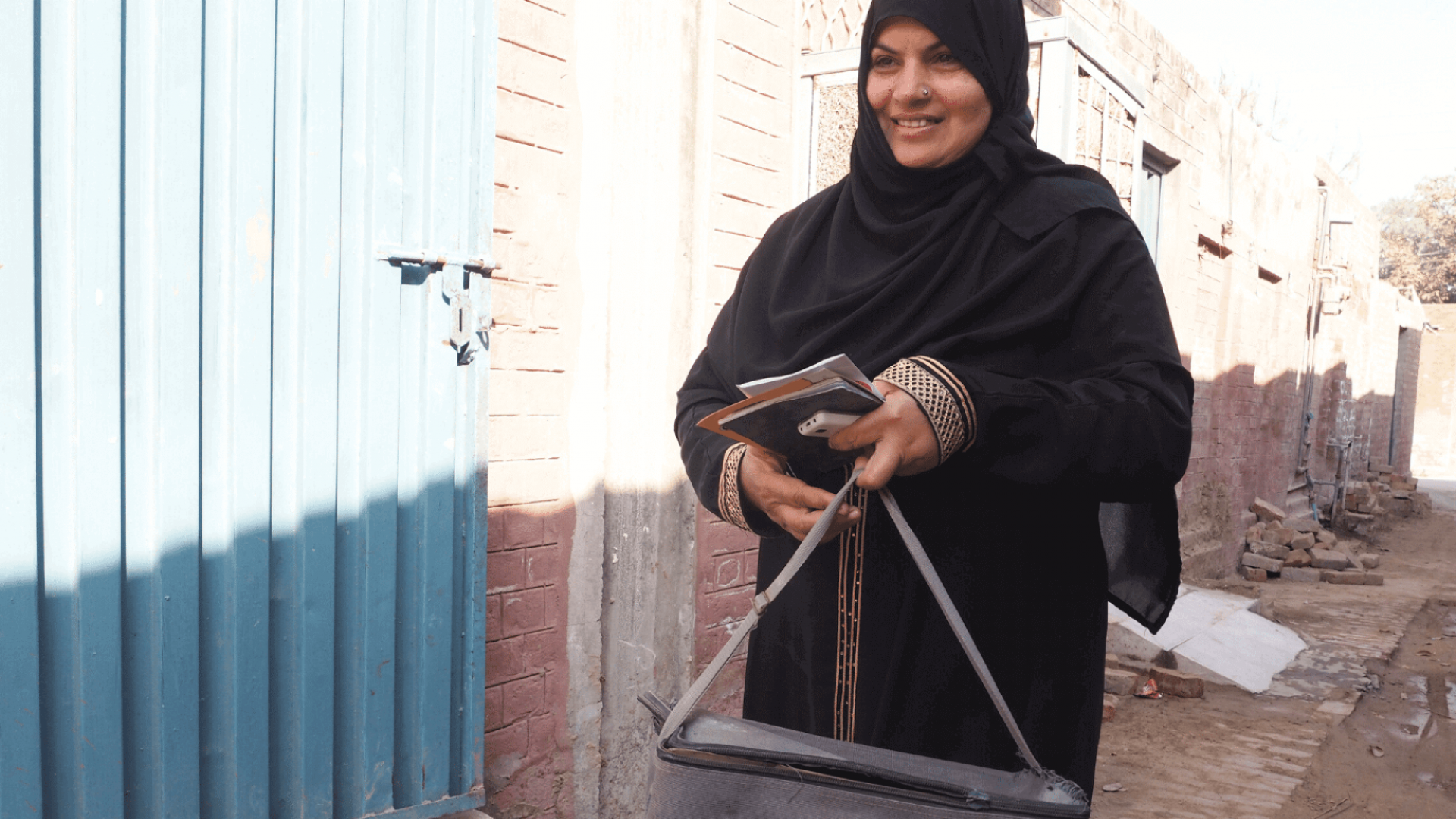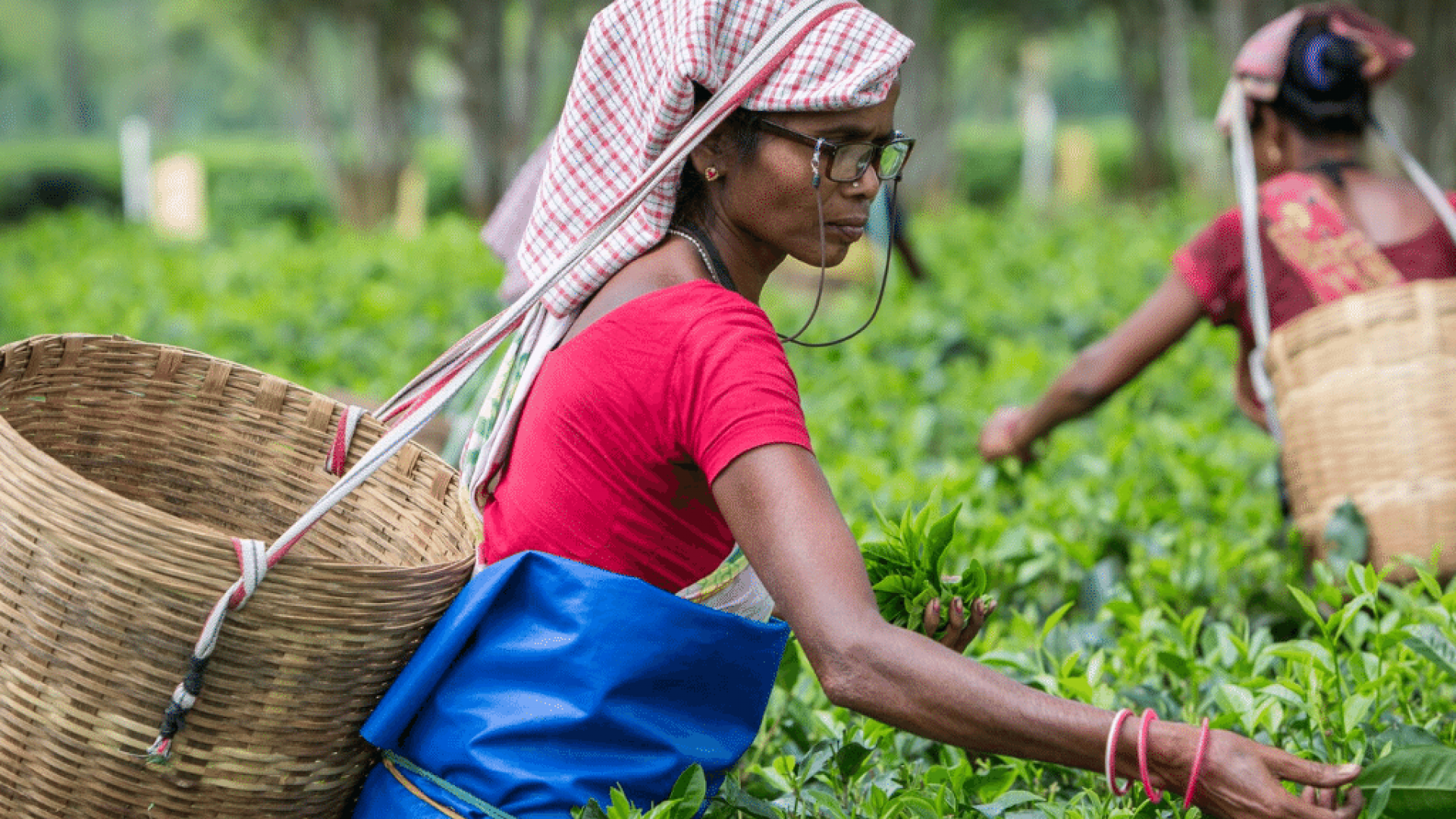The Lady Health Workers (LHW) Programme was established in Pakistan in 1994 to ensure the provision of primary, preventative, promotive, and curative care services and support health system at the household and community levels. LHWs are fully recognised members of the public sector health workforce and deployed throughout all five provinces. Following her training, an LHW is expected to deliver primary health care services and carry out maternal, newborn and child health services – their role is also focused on increasing the coverage of immunisation and promotion of health education, nutrition and basic sanitation.
The role of LHWs in eye care has been a catalyst to increase access to primary eye care, particularly in remote and underprivileged communities. By bringing primary eye care services closer to the communities, LHWs play a key role in influencing women’s health-seeking behaviour, which also directly impacts health and education outcomes for children. An external evaluation highlighted that the population served by LHWs had substantially better health than the population without LHWs.1
Key lessons that have been drawn from the LHW Programme are as follows:
- The programme is implemented in close collaboration with all National Priority Programmes and within the existing public health infrastructure to ensure sustainability and scale up.
- MoH used a phased scale-up strategy to gradually expand the programme to its current level both in context of geographical coverage and scope of interventions.
- A well-defined and participatory recruitment strategy fostered community ownership by allowing community members to identify the most suitable LHWs and support the implementation of essential interventions.
- The programme has strong networks at the federal, provincial, and district levels, with each level having clear responsibilities. This results in having effective and efficient referrals mechanisms in place and facilitates the continuum of care.
- Gender-responsiveness of the programme has been vital to build communities’ trust and confidence. Using women in this role is very helpful in a country such as Pakistan, where direct interaction between women and men is not encouraged. LHWs have the advantage of being able to visit women in their homes independently and without challenging any social norms.
- Empowerment of women and improvement of the well-being of LHWs is a positive by-product of the programme. In terms of motivation, social recognition in the form of performance-related rewards and respect from the community has been an important motivator for LHWs’ long association with the programme.
- Sightsavers. Understanding the role of lady health workers in improving access to eye health services in Khyber Pakhtunkhwa (KPK) Province of Pakistan:Study Report. Islamabad: Sightsavers, 2020.

